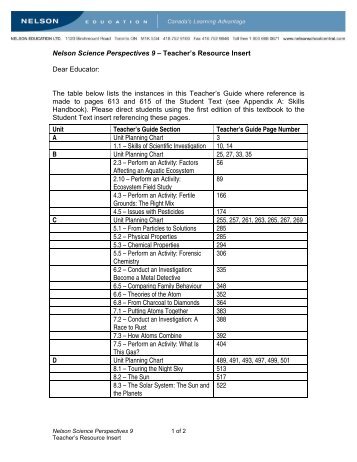


Outbreaks of STEC infection are common and exposure risks include activities in rural settings, visiting petting farms, consumption of unpasteurised dairy products, undercooked meat and ready-to-eat produce ( 2), ( 4). Transmission to humans can occur via direct contact with animals or their environment, and by consumption of contaminated food or water. Small mammals, birds and domestic pets can act as transient carriers. In the UK, a high proportion of cattle and sheep are colonised with STEC. Ruminants are the main animal reservoir for STEC. Enteroinvasive E. coli ( EIEC) are very similar to Shigella – they are capable of invading and multiplying in the intestinal epithelial cells of the distal large bowel in humans.Enteroaggregative E. coli ( EAEC) infection is greatest in children living in endemicity.Enteropathogenic E. coli ( EPEC) is associated with persistent diarrhoea in young children – close contact such as in day care facilities and poor hygiene increases the risk of transmission ( 5).coli ( ETEC) are important causes of diarrhoea in both humans and domestic animals – infections are seen in individuals returning from regions of endemicity and accounts for 20 to 40% of traveler’s diarrhea ( 5) coli that cause gastrointestinal symptoms: There are 4 other clinically important pathotypes of E. This can sometimes cause neurological and/or cardiac complications, which can be fatal ( 2), ( 4). Following the initial infection, a subset of patients develop haemolytic uraemia syndrome ( HUS), a severe systemic condition that affects the kidneys.

Symptoms usually last for 4 to 7 days but can be longer. The incubation period is usually between 2 to 4 days ( 3) but can be from 1 to 10 days. STEC can cause gastrointestinal symptoms (including diarrhoea which is often blood-stained), abdominal pain, nausea and vomiting. The presence of stx2 (specifically stx2a) is more likely to cause severe disease ( 1), ( 2). STEC can produce stx1 (4 subtypes 1a–1d) and stx2 (7 subtypes stx2a–2g). coli characterised by the presence of the Shiga toxin gene ( stx). coli ( VTEC), are a group of zoonotic, foodborne pathogenic E. coli ( STEC), also known as verocytotoxin producing E. UK SMIs should be used in conjunction with other relevant UK SMIs. Some biochemical tests may not be done routinely in laboratory except in cases where confirmation by an alternative technique is required or automated methods are not available. This UK SMI includes both biochemical tests and automated methods for the identification of microorganisms. These strains are associated with a wide spectrum of disease including haemolytic uraemic syndrome ( HUS). This UK Standards for Microbiology Investigations (UK SMI) document describes the identification of presumptive Shiga toxin-producing Escherichia coli O157 ( STEC O157) isolated from faeces. View scientific information related to UK SMIs. View general information related to UK SMIs. *Reviews can be extended up to 5 years where appropriate 1. Whole document has been placed into a new templateĬhanged from ‘Identification of vero toxin-producing Escherichia coli including Escherichia coli O157’ to ‘Identification of Shiga toxin-producing Escherichia coli including Escherichia coli O157’Īdditional information added about other E.coli and more cases added. The amendment history is available from alterations to this document should be controlled in accordance with the local document control process. Scottish Microbiology and Virology NetworkĮach UK SMI document has an individual record of amendments.Society for Applied Microbiology (SfAM).Society of Anaerobic Microbiology (SAM).Northern Ireland Microbiology Forum and Audit Group.Welsh Microbiological Association (WMA).British Society For Microbial Technology (BSMT).British Society for Antimicrobial Chemotherapy (BSAC).The Association for Clinical Biochemistry Microbiology Group.


 0 kommentar(er)
0 kommentar(er)
